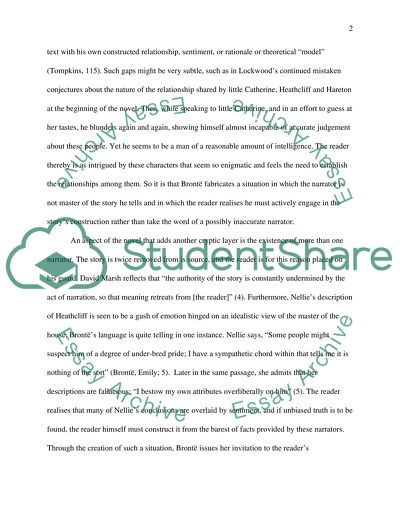Cite this document
(“Wuthering heights Essay Example | Topics and Well Written Essays - 1000 words”, n.d.)
Wuthering heights Essay Example | Topics and Well Written Essays - 1000 words. Retrieved from https://studentshare.org/literature/1509640-wuthering-heights
Wuthering heights Essay Example | Topics and Well Written Essays - 1000 words. Retrieved from https://studentshare.org/literature/1509640-wuthering-heights
(Wuthering Heights Essay Example | Topics and Well Written Essays - 1000 Words)
Wuthering Heights Essay Example | Topics and Well Written Essays - 1000 Words. https://studentshare.org/literature/1509640-wuthering-heights.
Wuthering Heights Essay Example | Topics and Well Written Essays - 1000 Words. https://studentshare.org/literature/1509640-wuthering-heights.
“Wuthering Heights Essay Example | Topics and Well Written Essays - 1000 Words”, n.d. https://studentshare.org/literature/1509640-wuthering-heights.


